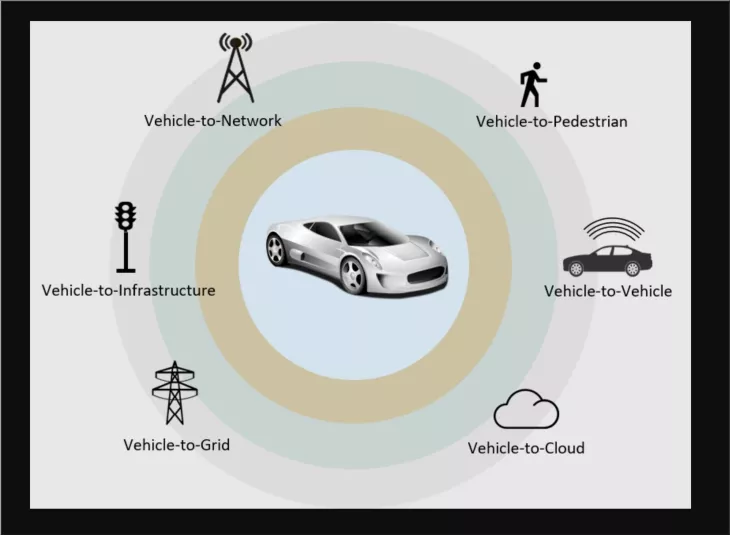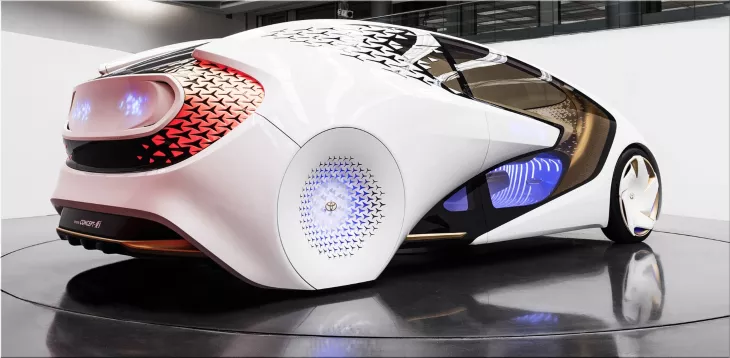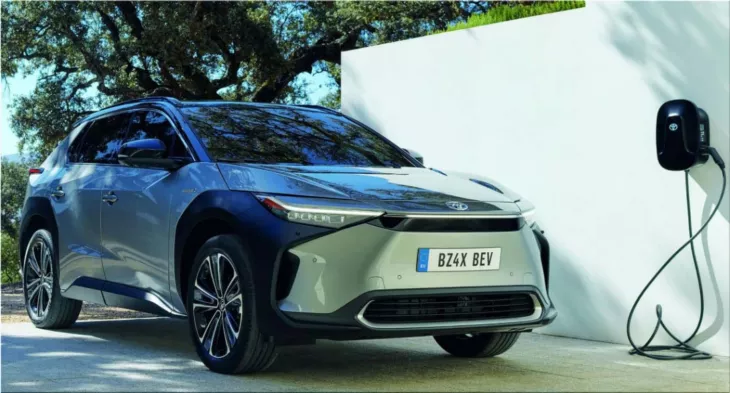Vehicle-to-grid (V2G) is a concept that allows plug-in electric vehicles (PEVs) to send electricity back to the grid when needed, creating a two-way flow of energy that can benefit both the vehicle owners and the electric utilities. V2G can help improve grid efficiency, smooth the integration of renewable energy, and bring economic benefits to PEV owners, according to a study soon to be published in Scientific Direct. Yet the large-scale adoption of PEVs will bring new challenges to power systems and electric utilities, such as increased demand, voltage fluctuations, and grid congestion.
To address these challenges and explore the potential of V2G, Toyota Motor North America and San Diego Gas & Electric (SDG&E), a California-based electric transmission and distribution company, have agreed to collaborate on a pilot project around V2G technology. This is the first collaboration of its kind for Toyota in the U.S. and the second collaboration for SDG&E, following a previous partnership with Nuvve Corporation, a V2G software provider.
The Pilot Project
The pilot project will be led by Toyota’s Electric Vehicle Charging Solutions (EVCS) team, which is responsible for developing and deploying charging infrastructure and services for Toyota’s battery electric vehicles (BEVs) in the U.S. market. The EVCS team will work closely with SDG&E’s Grid Modernization and Resiliency team, which is focused on enhancing the reliability and resilience of the electric grid and enabling the integration of more clean energy resources.
The project will consist of two phases. The first phase will use SDG&E’s research and testing microgrid at its System Operating Services Facility (SOSF) in south Dallas, located just south of Toyota’s nearby national headquarters. The SOSF microgrid is composed of four interconnected microgrids that can be controlled independently, but also operated in parallel, tandem or combined into a single, larger system. The system also includes a V2G charger, solar panels and battery storage for testing and evaluation.
At the SOSF microgrid, Toyota and SDG&E will use a Toyota bZ4X, the company’s first volume BEV that went on sale this year in the U.S. and Canada, to better understand the interconnectivity between electric vehicles and utilities. They will also test the performance and durability of the vehicle’s battery and charging system under various V2G scenarios, such as peak shaving, frequency regulation, and demand response.
The second phase, slated for 2023, will include a V2G pilot where testing will be conducted with multiple BEVs connected at homes or businesses within SDG&E’s service territory. The pilot will aim to demonstrate the feasibility and benefits of V2G technology in a real-world setting, as well as to identify the barriers and opportunities for its wider deployment. The pilot will also involve the participation and feedback of the vehicle owners, who will be able to earn incentives for providing V2G services to the grid.
The Benefits of V2G
According to the study by Scientific Direct, V2G technology can offer several benefits to both the vehicle owners and the electric utilities, such as:
- Reducing electricity costs. By sending electricity back to the grid during peak hours, when the electricity prices are high, and charging during off-peak hours, when the prices are low, PEV owners can save money on their electricity bills. They can also earn additional income by providing ancillary services to the grid, such as frequency regulation and spinning reserve, which help maintain the balance and stability of the grid.
- Increasing grid efficiency. By using the PEVs as distributed energy resources, the electric utilities can reduce the need for building and operating costly and polluting peaking power plants, which are typically used to meet the peak demand. They can also optimize the use of existing transmission and distribution infrastructure, and defer or avoid costly upgrades or expansions.
- Integrating more renewable energy. By providing flexible and responsive load and generation, the PEVs can help smooth the variability and uncertainty of renewable energy sources, such as wind and solar, which depend on weather conditions and time of day. They can also help increase the penetration of renewable energy by absorbing the excess generation during periods of high supply and low demand, and releasing it back to the grid during periods of low supply and high demand.
- Enhancing grid resilience. By forming microgrids or virtual power plants, the PEVs can help improve the reliability and security of the grid, especially during emergencies or disasters that may cause power outages or disruptions. They can also help protect the critical loads and facilitate the restoration of the grid by providing backup power or islanding capability.
The Challenges of V2G
Despite the potential benefits of V2G technology, there are also several challenges that need to be addressed before it can be widely adopted, such as:
- Battery degradation. The frequent and bidirectional charging and discharging of the PEV batteries may accelerate their wear and tear, and reduce their lifespan and capacity. This may increase the maintenance costs and decrease the resale value of the vehicles. Therefore, it is important to develop and implement optimal battery management systems and charging strategies that can minimize the impact of V2G operation on the battery health and performance.
- Communication and coordination. The effective and efficient operation of V2G technology requires a high level of communication and coordination between the vehicles, the chargers, the grid operators, and the service providers. This involves establishing and maintaining secure and reliable communication networks and protocols, as well as developing and implementing standardized and interoperable hardware and software platforms and interfaces. It also involves defining and enforcing clear and fair rules and regulations, as well as designing and implementing appropriate market mechanisms and pricing schemes, that can facilitate and incentivize the participation and cooperation of the various stakeholders.
- Infrastructure and equipment. The widespread adoption of V2G technology requires a significant investment in building and upgrading the infrastructure and equipment that can support the bidirectional flow of energy and information. This includes installing and maintaining sufficient and accessible V2G-capable chargers, as well as modifying and upgrading the grid distribution equipment, such as transformers, switches, and meters, that can handle the increased load and generation. It also includes ensuring and enhancing the safety and protection of the infrastructure and equipment, as well as the people and the environment, from potential hazards and risks, such as overloading, overheating, short-circuiting, and fire.
- Social and behavioral. The successful implementation of V2G technology depends largely on the acceptance and adoption of the PEV owners, who are the main providers and beneficiaries of the V2G services. This requires understanding and addressing their needs, preferences, expectations, and concerns, as well as educating and informing them about the benefits and challenges of V2G technology. It also requires providing and ensuring adequate and attractive incentives, rewards, and compensation, as well as protecting and respecting their privacy, security, and autonomy, that can motivate and empower them to participate and contribute to the V2G system.
The Future of V2G
V2G technology is still in its nascent stage of development and deployment, and faces many technical, economic, regulatory, and social barriers that need to be overcome. However, it also offers many opportunities and advantages that can help address the challenges and goals of the energy transition and climate change mitigation. Therefore, it is expected that V2G technology will play an increasingly important and prominent role in the future of electric mobility and the electric grid.
The pilot project between Toyota and SDG&E is one of the pioneering and promising initiatives that aim to advance and demonstrate the potential of V2G technology. By collaborating and innovating, the two companies hope to create and share valuable insights and learnings that can help improve and optimize the performance and benefits of V2G technology, as well as identify and address the barriers and challenges that hinder its wider adoption. Ultimately, the goal is to offer and ensure a seamless and sustainable electrified mobility experience for the customers and the community.


































